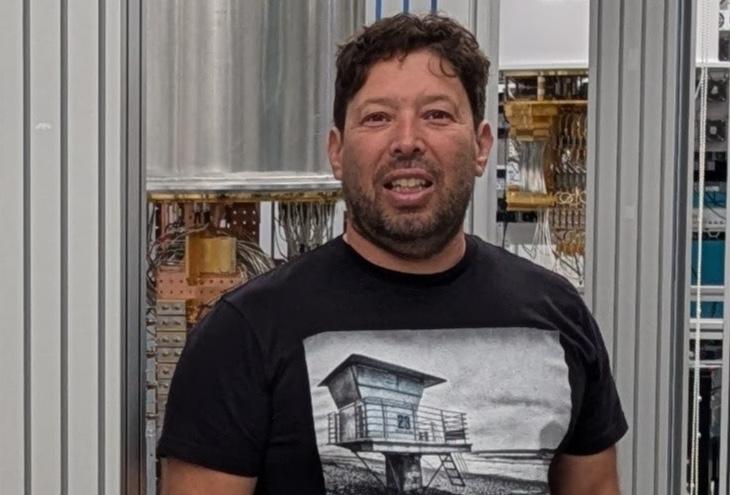David Snow has a cool job. In fact, his work is supercool. He’s a cryogenic engineer with Rigetti Computing, a company based in Berkeley, Calif., that designs and builds quantum computers that run at near absolute zero — roughly minus 460 degrees Fahrenheit.
For this new technology to work, Snow faces a blizzard of challenges. Using synthetic or artificial atoms, superconducting quantum computers process complicated information in a brand-new way that can be far faster than conventional computers. That’s why companies creating new drugs and improving cybersecurity are racing to use them.
But to be insanely fast, quantum computers need a heat-free environment to deliver the precision signals to the quantum processor. “We operate at temperatures down to a few thousandths of a degree above absolute zero. These temperatures are one of the only areas I am aware of that science has surpassed nature because that’s colder than outer space,” says Snow.
His job title is lead mechanical design engineer, but he thinks of himself as an explorer, someone who is probing a new world where much can be discovered — through hard work and experimentation. “The beauty of my job is that so much is still unknown and beyond our grasp. This mystery is challenging,” he says. “We’re still learning about how to design hardware for optimizing performance at this minuscule level.”
A member of the Lac du Flambeau Band of Lake Superior Chippewa Indians, Snow grew up in Manitowoc, Wis. He loved being out on nearby lakes and in the forests, and his career enriches his early love of nature. “The science and the work I do are related to that,” he says. “We’re building computers made out of atoms, the building blocks of everything around us.”
A common misconception is that because he works at a computer company, he spends his time writing software. Instead, being a mechanical engineer, he likes to work with his hands — something that’s a big part of his job. He designs new parts for the latest versions of Rigetti’s refrigerator-sized computers. “They’re not like a laptop you can carry around!” he explains.
Snow designs and builds his tailor-made parts by hand using CAD design software, machine tools, and old-fashioned socket wrenches. His parts use a lot of copper because the element has very high thermal conduction. “That means it helps remove the heat that causes ‘noise’ in the electronics,” he says. When he is satisfied with his creations, he huddles with his team to make sure his improvements work. Thanks to his frosty wizardry, Snow is named inventor on multiple patent applications Rigetti has filed covering Snow’s innovations like “communicating signals in a cryogenic environment.”
His fascination with computers began in college, not childhood, and his school and career journey took time. “I went for seven years bouncing in and out of college,” he recalls. “I wanted to be involved with natural resources, and I explored that for a long time.”
Along the way he was a guide on the Arkansas River in Colorado. He was a firefighter. He held factory jobs, and he worked for the National Park Service in Yellowstone. “I finally met somebody who convinced me that mechanical engineering was the right path,” he says. He earned his mechanical engineering degree at Montana State University in Bozeman.
He became an AISES Sequoyah Fellow at Montana State to help other Native students build a campus community, a role he continues to play today by supporting the AISES College Chapter at MSU. “I want to help others find the right path too,” he says. “I tell them make sure you are persistent. Have a good attitude and be open and ready to learn. Being resilient is important because life is always a challenge. And remember — it’s okay to fail. Failing helps you learn. You’ll never know exactly how things are going to turn out.”













